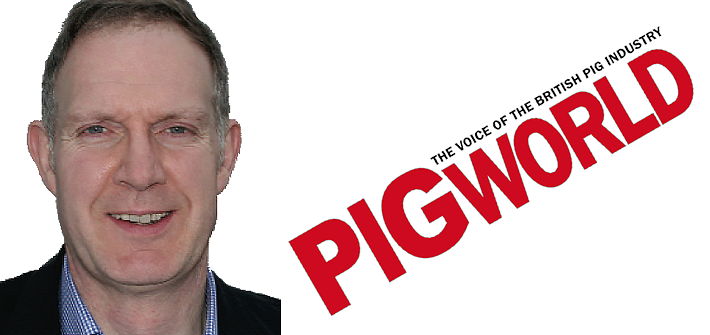It’s not the most appetising thought, perhaps, but there’s a pretty good chance that insects will have an important role in feeding our planet in the not-too-distant future. Not directly – it’s unlikely Asda is going to start stocking witchetty grubs any time soon – but there’s a good chance that feedstuffs made from maggots will be available for pigs and poultry before too long.
There was a flurry of news stories on the subject in October that included an update by the EU-funded PROteINSECT project that was timed to mark World Food Day on October 16. This included a video (see below) showing how European nutrition experts are working with researchers in Mali, West Africa, to look at systems for producing insect larvae efficiently and economically.
If you’re squeamish look away now, but essentially a one-metre square growing bed filled about 8cm deep with dampened sheep droppings or poultry manure will attract sufficient flies to lay their eggs and produce 3kg of maggots in just three days. And we’re not talking about an exotic African fly species here, just the humble house fly.
lf you consider that maggots are about 60% protein and that its estimated they could replace up to a third of the plant-based protein in pig diets, you get an idea of the potential for using them in feedstuffs.
The major sticking point at the moment is the fact that it’s not currently legal to feed insects to livestock. Partly this is because it’s considered to be animal protein and clearly there are still concerns about feeding animals to other animals. But there are also food safety issues about the possibility of transferring other diseases or contaminants into the human food chain by feeding insect-based protein. This is a particular concern because to maximise the sustainability of the insect protein industry, it would make sense to use food waste as a substrate to grow the maggots.
The European Food Safety Agency released a report in early October that addressed this. It recognises the possible presence of biological and chemical hazards in food and feed products derived from insects would depend on the production methods, what the insects are fed on (substrate), the life cycle stage at which the insects are harvested, the insect species, as well as the methods used for further processing. It is now seeking further clarification on these matters.
So, how close are we to animal feedstuffs based on insect protein? Well, just as this issue of Pig World went to press, it was announced that ForFarmers had started feeding trials in poultry at a Dutch research farm. Black soldier fly larvae raised on residual flows from the food industry are being fed to chicks at inclusion rates of 5%, 10% and 15%.
ForFarmers wants to be a leader in sustainability, and this work shows its keen to develop novel ways of feeding livestock.




